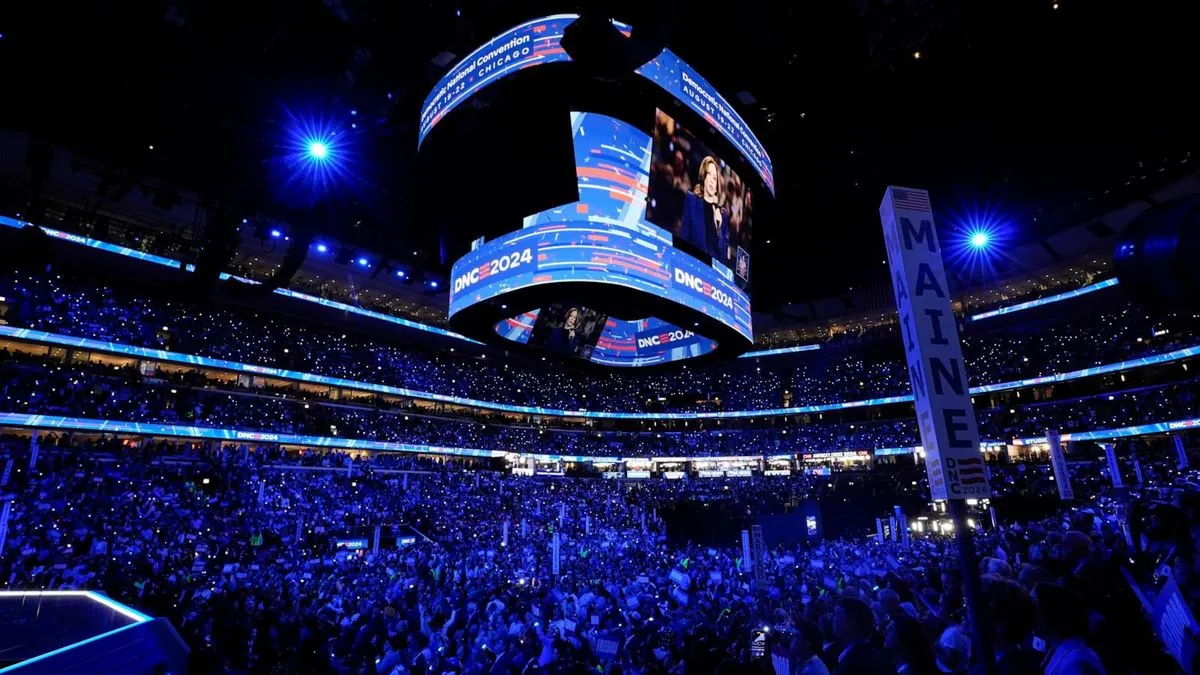Convention Viewership Defies Expectations: Late-Night Speeches Draw Crowds
Despite concerns, Nielsen data shows strong audience retention for late-night speeches at political conventions. Media personalities criticize scheduling, but viewers remain engaged.

Contrary to expectations, recent data from Nielsen reveals that viewers are staying tuned for late-night addresses at political conventions, challenging traditional viewing patterns. This phenomenon has been observed at both the Democratic and Republican National Conventions, sparking discussions about scheduling and audience engagement.
At the Democratic National Convention, concerns were raised about the timing of key speeches. Joe Biden's address on Monday began at 11:28 p.m., a time when viewership typically declines. However, Nielsen's data showed that approximately 95% of the 20 million viewers remained for Biden's speech.
Similarly, Barack Obama's Tuesday night address attracted 21.9 million viewers, surpassing the audience for the earlier time slot. This trend continued with Tim Walz's speech on Wednesday, which started at 11:22 p.m., 22 minutes past the expected end time.

The Republican National Convention experienced a similar pattern. Donald Trump's closing night speech drew 28.4 million viewers, an increase from the 25.4 million who watched earlier programming.
These figures have prompted industry analysts to reassess conventional wisdom about viewing habits. Brad Adgate, a media analyst, noted, "This convention is definitely different from normal viewing behavior."
Despite the positive viewership numbers, some media personalities have criticized the late scheduling. Lawrence O'Donnell of MSNBC described it as "serious malpractice," while his colleague Rachel Maddow suggested starting the convention earlier.
"Start earlier."
The unexpected audience retention highlights the evolving nature of political engagement and media consumption. It also underscores the importance of scheduling decisions in maximizing the reach of political messaging.
As political conventions continue to adapt to changing viewer habits, parties may need to reconsider traditional programming strategies. The strong late-night viewership suggests that audiences are willing to stay engaged with important political content, even outside of prime-time hours.
This trend could have implications for future political events and how they are presented to the public. It also emphasizes the ongoing significance of television as a medium for political communication, despite the rise of digital platforms.
As the political landscape continues to evolve, so too does the way audiences interact with and consume political content. The unexpected viewership patterns observed during these conventions may prompt a reevaluation of how political messages are delivered and when they can most effectively reach their intended audience.


































